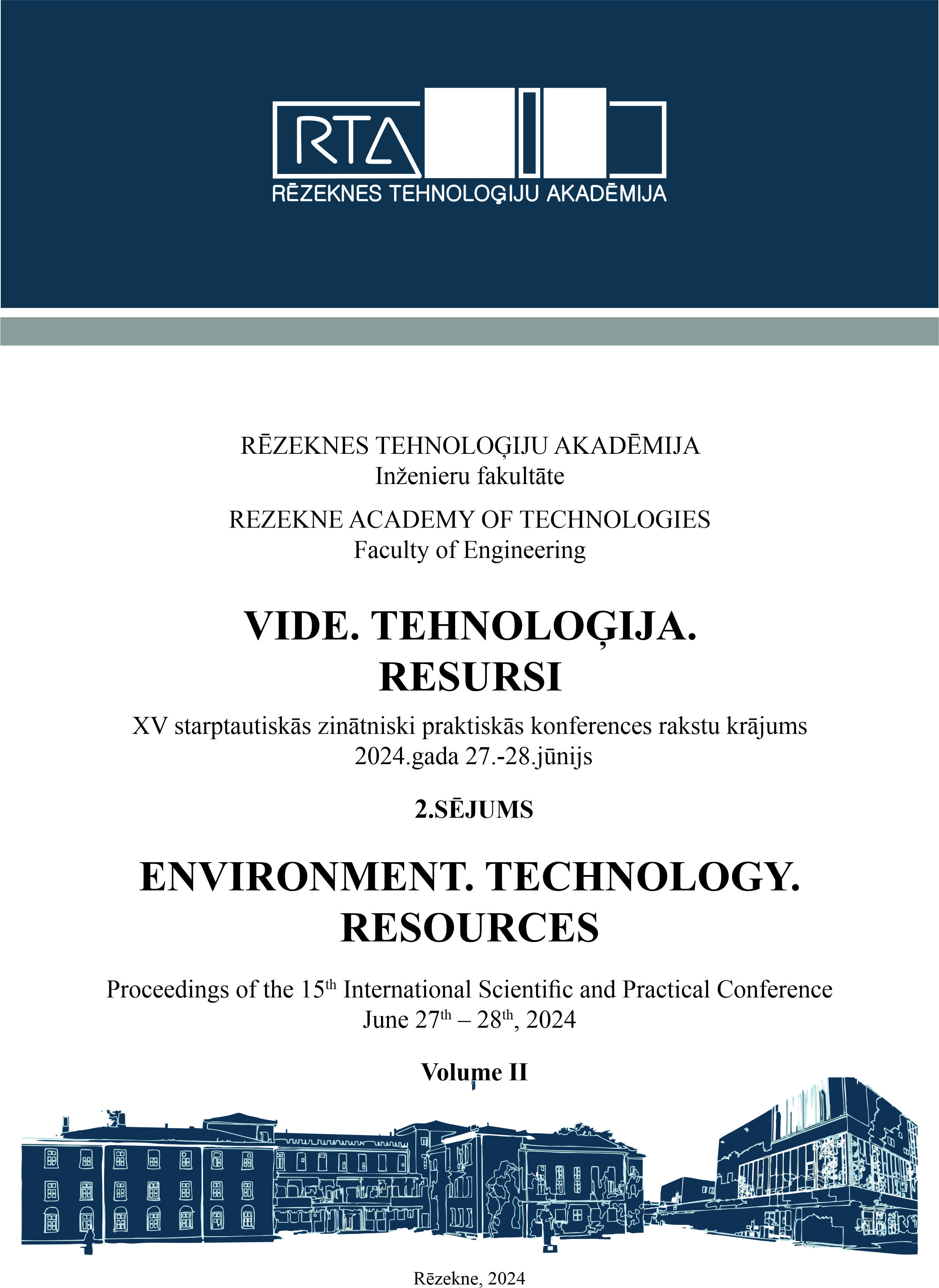INNOVATIVE TRENDS IN THE FIELD OF MODERN ARTIFICIAL INTELLIGENCE METHODOLOGY
DOI:
https://doi.org/10.17770/etr2024vol2.8065Keywords:
artificial intelligence, methodology, artificial intelligence conceptual structure, modern model of artificial intelligenceAbstract
The article justifies the necessity of introducing methodological innovations in the modern field of artificial intelligence (AI), which precede and actively determine technological innovations. The authors of the article analyse the existing AI conceptual structure and point out its insufficiency and introduce significant improvements, including the figurative component. This addition was not made arbitrarily but in accordance with the structure of human natural intelligence, where the rational (symbolic) is directly related to the figurative and interacts with it. The figurative is not identical to the rational (symbolic); there are significant differences in their epistemological content. This difference results from the epistemological differences in their basic (primary) structures - the concept and the image. This, accordingly, means that the figurative (image) is always a reflection of the singular (individual), which is always brought to the sensory-specific, while the rational (concept) is always a reflection of the general (typical), which reaches the level of the systematic. This analysis of the peculiarities of the epistemological and methodological content of figurative and rational thinking becomes important not only in terms of studying the essence of an individual's natural thinking. These features are of great methodological importance in the modeling of artificial intelligence, especially when the question is raised about the creation of a new generation of artificial intelligent systems.
Considering all of the above, artificial intelligence combines rational (logical) and figurative components, with priority given to the figurative structure as more information-intensive and heuristically powerful. It is the figurative component of artificial intelligence that defines and ensures the object's multidimensional representation, while the rational component chooses one of the dimensions provided by the figurative one and fills it with logical content. In the concept of functioning of a real artificial intelligence system, its figurative component initially functions, transforming into rational transformations, which, in turn, are later returned and included in more voluminous figurative architectures. The article proposes schemes that present new approaches to depicting the modern AI conceptual structure.
The suggested innovations are not implemented arbitrarily, they are determined and correspond to the real structure and functioning of human natural intelligence.
References
George, F. Luger. (2009). Artificial Intelligence: Structures and strategies for complex hroblem solving. [6th ed.]. Pearson.
Nikolskyi, Yu. V., Pasichnyk, V. V., & Shcherbyna, Yu. M. (2015). Artificial Intelligence Systems. Lviv: Magnolia.
Lytvyn, V. V. (2012). Metody ta sredni inzhenerii dani ta znani [Methods and means of data and knowledge engineering]. Helps. Lviv: Magnolia.
Shakhovska, N. B., Kaminskyi, R. M., & Vovk, O. B. (2018). Systems of Artificial Intelligence. Lviv: Lviv Polytechnic Publishing House.
Trotsko, V. V. (2020). Methods of Artificial Intelligence: Method. Helps. Kyiv: KROK University.
Stuart Russell, P. (2020). Norvig Artificial Intelligence: A Modern Approach. [4th ed.]. Pearson.
Kaplan, J. (2016). Artificial Intelligence: What Everyone Needs to Know. [1st ed.]. Oxford University Press.
Yarovyi, A. M. (2023). Visualization as a Unique Information Technology and Socio-Cultural Phenomenon: Monograph. Vinnytsia: VSPU. Retrieved from https://dspace.vspu.edu.ua/handle/123456789/11110
N. Dmitrenko, O. Voloshyna, S. Kizim, K. Mnyshenko, S. Nahorniak . Smart Education in the Prospective Teachers’ Training. (2023) CEUR Workshop Proceedingsthis link is disabled, 3364, pp. 38–53 https://doi.org/10.55056/cte.568
Downloads
Published
Issue
Section
License
Copyright (c) 2024 Anatolii Yarovyi, Andrii Yarovyi, Svitlana Kizim, Volodymyr Ozeranskyi

This work is licensed under a Creative Commons Attribution 4.0 International License.



